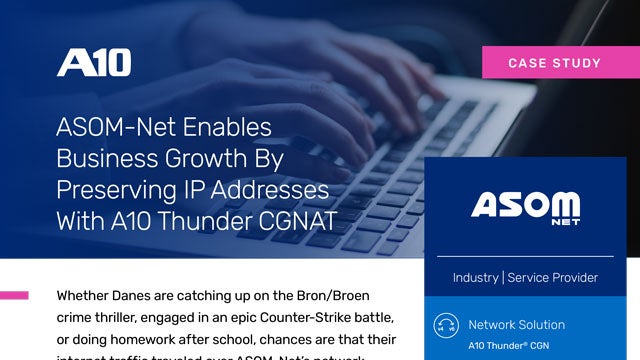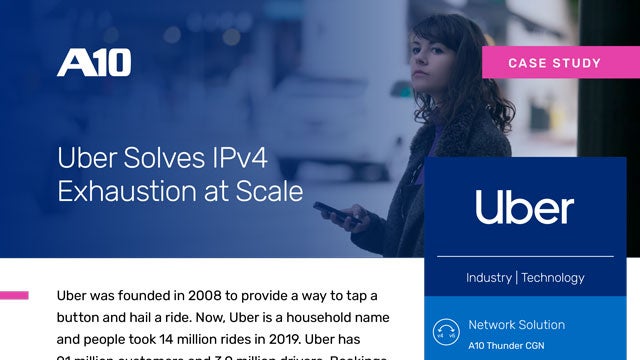IPv4 Preservation & IPv4 to IPv6 Migration
Our IPv4 preservation with carrier-grade NAT (CGNAT) and IPv6 migration technologies are proven solutions to meet your increased subscriber and IoT network expansion demands and ensure connectivity.
Resources
Sustainable Subscriber Growth is Essential for Business Success
With the exponential growth of subscribers and connected devices, service providers have been investing in infrastructure to support increasing traffic growth while implementing new services to attract new subscribers and increase revenue.
Service providers need definitive ways to address the growing demand for IP connectivity while preserving their existing IPv4 investments. As they prepare to migrate to IPv6, they need to ensure a smooth transition and overcome the compatibility issues with the older IPv4 protocol.
Preserve Existing IPv4 Investments
Migrate Seamlessly to IPv6
While IPv6 brings forth many advanced capabilities—in addition to a very large address space—it is not backward compatible with IPv4. A successful migration from IPv4 to IPv6 requires careful planning to ensure that all the end-user devices, application servers, and existing network elements continue to operate seamlessly.
Support Subscriber Growth
CGNAT systems and IPv4 transition mechanisms need to maintain high throughput, connections per second, concurrent connection rates, and more, at consistent carrier-grade levels. Sustaining growth will help reduce customer churn and avoid increased customer acquisition costs.
IPv6 – Are We There Yet?
IPv6 adoption won’t be achieved overnight—but it doesn’t have to be an ongoing headache. With the right approach, you can avoid IPv4 exhaustion and still enable a seamless and cost-effective migration over time to IPv6. Download this eBook to learn how to support a lifecycle strategy to avoid IPv4 exhaustion while ensuring IPv6 adoption.
Get the eBookHow We Can Help
A10 Thunder CGN provides the highest performance and scalability, the most comprehensive IPv6 transition options and the broadest range of form factors and capacities to meet the requirements from the largest service provider networks to smaller organizations.
CGNAT
Industry-leading advanced carrier-grade network address translation scales networks to overcome IPv4 exhaustion with NAT44(4) and ALGs to support network growth and seamless user experiences
IPv4 – IPv6 Transition
Manage the IPv6 transition lifecycle with translation and tunneling protocols, such as NAT64/DNS64, DS-Lite, Lw4o6, 6rd, MAP-T and MAP-E
DDoS Protection
Integrated distributed denial of service (DDoS) protection ensures IPv4 address pools remain available while under DDoS attack.
Compliance & Analytics
- Advanced logging features with comprehensive, high-speed logging options and IPDR support help meet stringent compliance and LEA requirements
- A10 Harmony Controller provides subscriber and network service visibility to simplify capacity planning, improve service reliability and detect anomalous trends based on configurable metrics

Virginia Telecommunications Company Saves Estimated $2 million with Thunder CGN
Shentel Communications is the sixth largest public wireless company in the U.S., operating a digital wireless and wireline network in rural Virginia, West Virginia, Maryland and Pennsylvania. Harris Duncan, VP of Network Engineering at Shentel discusses their utilization of A10 Thunder CGN, which has allowed the company to better manage its IPv4 exhaustion problem without the need to buy IPv4 addresses on the open market.
Watch Video


